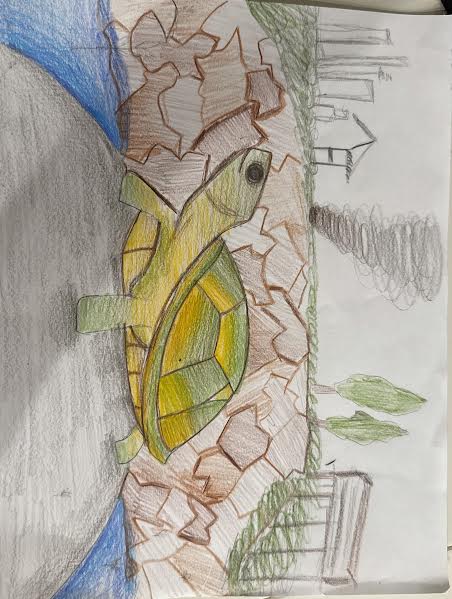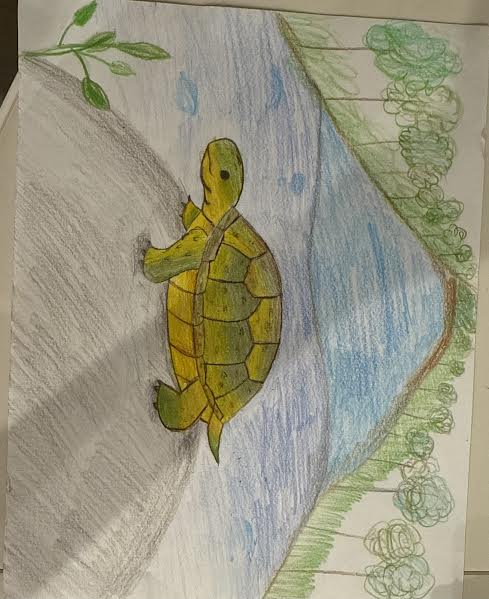The yellow-spotted Amazon River turtle lives in slow-flowing rivers, streams, and flooded areas in South America. The turtle likes warm/tropical weather with high humidity and changing water levels during the rainy and dry seasons. Climate change, however, threatens its habitat by causing changes in rainfall patterns, increasing temperatures, and increasing droughts. More frequent dry seasons and their longer lasting periods can reduce water levels, reducing nesting sites and food sources. Rising temperatures can also affect egg birth, leading to decreased reproduction ratios, which affect the population. The destruction of habitats due to deforestation and human activity worsens these effects. Despite these threats, the turtle's resilience allows it to adapt to some environmental changes by adjusting nesting behaviors and seeking new food sources. Certain protection efforts, such as habitat conservation and sustainable water management, can help. If left alone, climate change might have a drastic effect on the vertibrate’s population.
Contact us
Thank you for your interest in contacting Future Engineers. We look forward to connecting with you!
General Inquiries
support@futureengineers.orgSponsorship Inquiries
sponsor@futureengineers.org


